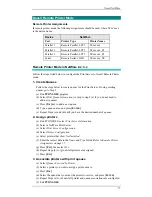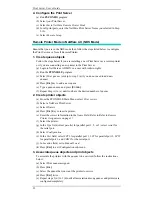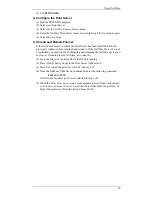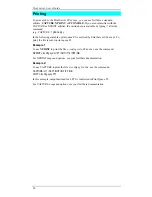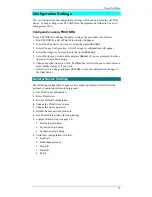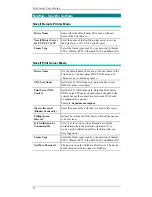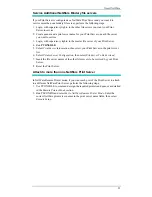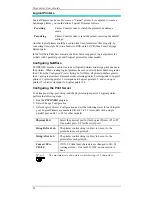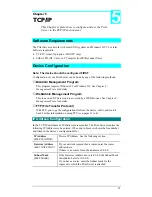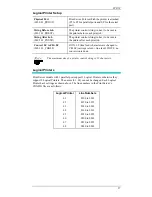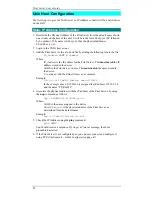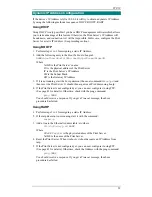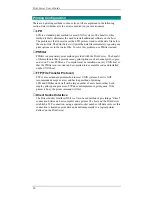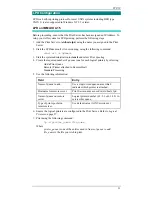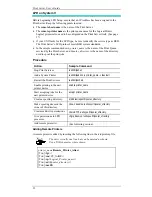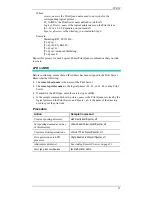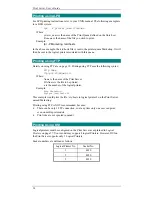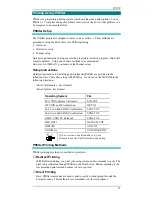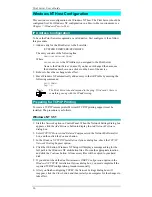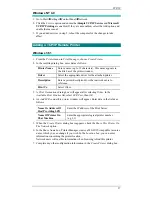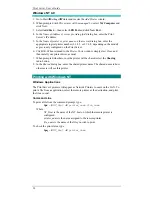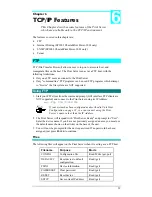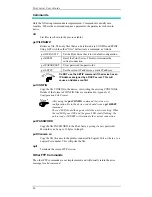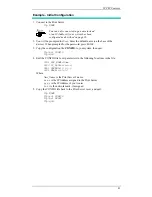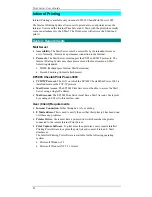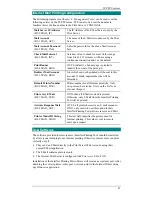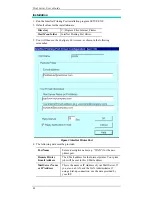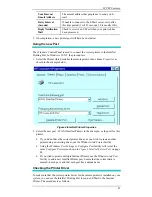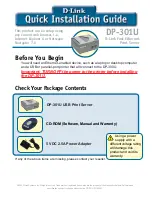
Print Server User’s Guide
30
Printing Configuration
There are 4 printing methods to choose from. All are explained in the following
section. Select whichever is the most convenient in your environment.
♦
LPD
LPD is a standard print method for most UNIX systems. The benefit of this
method is that it eliminates the need to install additional software on the host.
The problem is that in most cases the LPD protocol sends out the data file before
the control file. The Print Server will print the data file immediately, ignoring any
print options set in the control file. To solve this problem, use PSfilter instead.
♦
PSfilter
PSfilter is a proprietary print method provided with the Print Server.
The benefit
of this method is that it provides many print options such as banner print, copies,
and so on. To use PSfilter, a C compiler must be installed on every UNIX host so
that the PSfilter source code can be compiled into executable code and installed
on the UNIX host.
♦
FTP (File Transfer Protocol)
FTP is also a standard print method in most UNIX systems, but it is NOT
recommended except as a test and back-up method of printing.
LPD and PSfilter work well with a large number of users because they both
employ print queue processes. FTP does not implement a print queue. If the
printer is busy, the print command will fail.
♦
Direct Socket Interface
The Direct Socket Interface (DSI) is a Unix-based method of providing a “direct”
connection between a host computer and a printer. The host and the Print Server
establish a TCP connection, using a special socket number. All data sent over this
connection is treated as print data, and sent transparently to a logical printer
defined on the Print Server.


